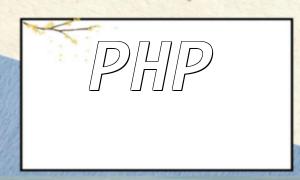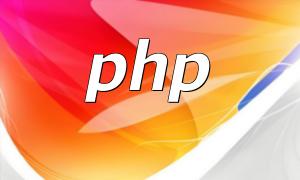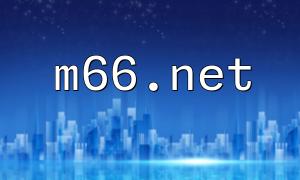In backend development, server push is a common requirement, especially when applications need to send real-time data to clients. PHP can implement server push through two technologies: WebSocket and Server-Sent Events (SSE). Both have their advantages and limitations, and choosing the right one can help solve problems in actual development.
WebSocket is a full-duplex protocol that establishes a persistent connection between the client and server, allowing real-time two-way data transmission. In PHP, WebSocket can be implemented using the Swoole extension.
First, make sure that the Swoole extension is installed. You can install it using the following command:
pecl install swoole
Next, create a WebSocket server in PHP. Here's an example:
$server = new SwooleWebSocketServer("0.0.0.0", 9501);
$server->on("open", function(SwooleWebSocketServer $server, $request) {
echo "connected";
});
$server->on("message", function(SwooleWebSocketServer $server, $frame) {
echo "received message: {$frame->data}";
// Push logic
$server->push($frame->fd, "server message");
});
$server->on("close", function(SwooleWebSocketServer $server, $fd) {
echo "disconnected";
});
$server->start();
This code creates a WebSocket server and defines three event callbacks: open, message, and close. In the message event callback, the server can handle the received message and perform the corresponding push operation.
Server-Sent Events (SSE) is a one-way communication protocol that allows the server to send event streams to the client. In SSE, the client can only receive data from the server, not send data back to the server.
Here's an example of using SSE to implement server push:
header("Content-Type: text/event-stream");
header("Cache-Control: no-cache");
header("Connection: keep-alive");
$count = 0;
while (true) {
echo "data: {$count}\n\n";
flush();
// Push logic
$count++;
sleep(1);
}
In this code, we first set the response headers, then enter an infinite loop where the server uses the echo function to send data to the client and the flush function to immediately output it. By introducing a delay in each loop, the frequency of the push can be controlled.
Whether you use WebSocket or SSE, PHP can handle server push functionality. WebSocket is ideal for bidirectional real-time communication, while SSE is suited for unidirectional data streams. Developers should choose the appropriate technology based on the specific requirements and write the push logic accordingly.









